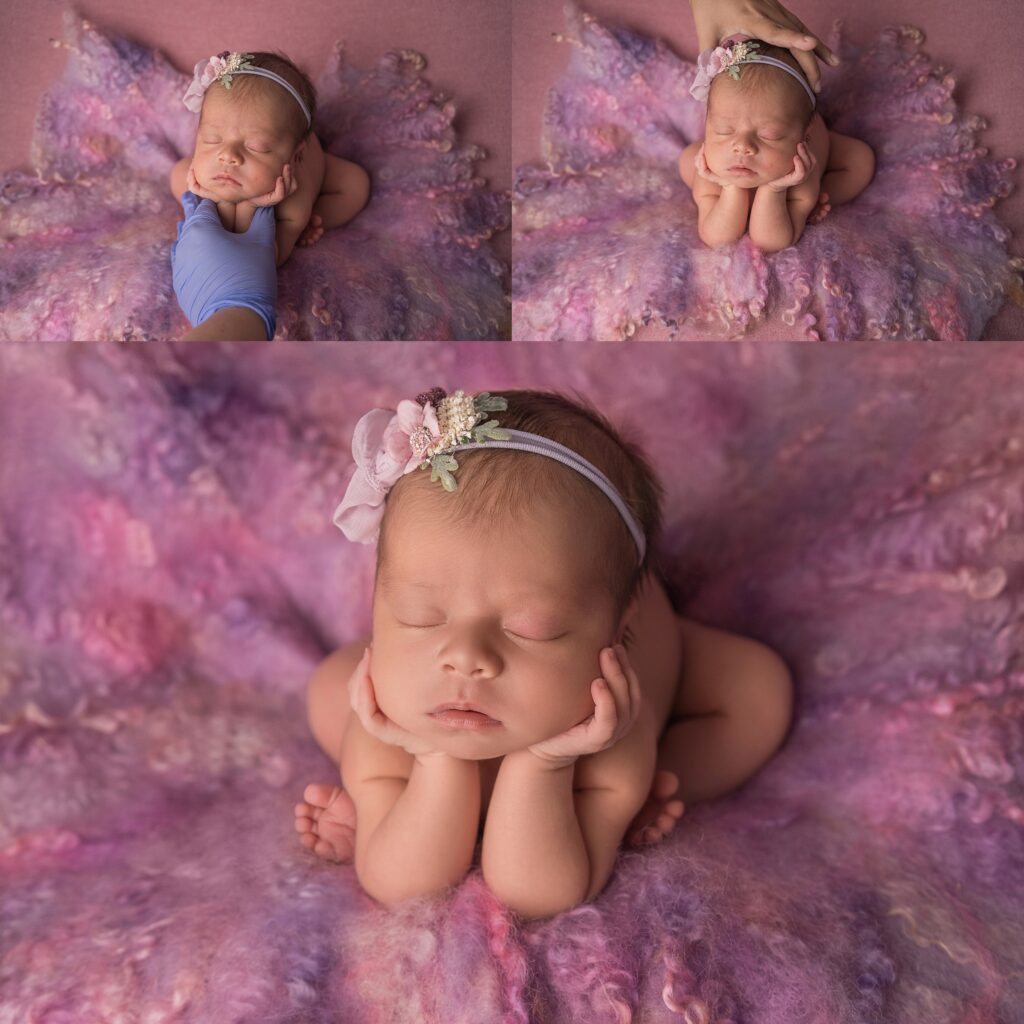Welcoming a new baby into your life is one of the most precious, fleeting milestones, and naturally, many parents want to capture that tender, early stage with professional newborn portraits. But before you book a session, there’s something vitally important to consider: your baby’s safety.
Shockingly, there are no legal requirements, certifications, or regulations for someone to call themselves a newborn photographer. In other words, anyone with a camera can offer to photograph your baby, whether or not they understand how to safely handle and pose a newborn.
Choosing a photographer in Houston who prioritizes newborn safety is critical. It’s up to you to vet their expertise and safety protocols. Here are safety standards every professional newborn photographer should follow:
Essential Safety Standards for Professional Newborn Photographers
Specialized Training in Newborn Safety and Posing
Newborns are incredibly delicate. Their bones are still forming, their cartilage is soft, and their airways are easily obstructed. A skilled newborn photographer should have completed training that covers crucial topics like safe handling, temperature control, and risk mitigation to reduce hazards during shoots
- How to safely pose babies without restricting airflow or circulation
- How to avoid placing pressure on joints, fragile bones, or developing muscles
- How to maintain safe and consistent studio temperature (typically 75–80°F) to keep baby warm, comfortable, and calm throughout the session. Recognize signs that a baby may be too cold or overheating, such as mottled skin or flushed cheeks

Composite Posing and Spotting
Iconic poses like “froggy” where baby is resting their head in their hands or hanging in a hammock must be done using composites. There is a hand supporting the baby at all times and images are merged in post-processing. This minimizes stress on fragile muscles, joints, and airways Your photographer should always:
- Use an assistant or a parent as a spotter to keep one hand on baby during advanced poses
- Rely on composite editing to create the illusion of unsupported poses
- Avoid attempting trendy or risky poses that compromise baby’s comfort or safety
Sanitation and Infection Control
Newborns have immature immune systems. It’s essential to minimize exposure to germs and bacteria. Choose a photographer who:
- Only photographs one newborn per day to reduce cross-family exposure
- Wears a mask and gloves, and never kisses your newborn
- Uses hand sanitizer regularly
- Ensures everything is cleaned between sessions using natural, baby & kid safe cleaners
- Is fully vaccinated, including for TDap (every 10 years), Influenza (annually), Covid (annually), and RSV (once it is available for adults)
Emergency Preparedness
While emergencies are rare, a photographer who works with infants should be prepared for any situation. Look for a professional who:
- Is certified in infant CPR and the Heimlich maneuver
- Has liability insurance to protect your family in case of an accident
- Has an AED (automated external defibrillator) in their studio, which can be life-saving during a cardiac event
Studio Safety and Experience
Your photographer’s experience and environment matter more than you might think. Safety-conscious professionals:
- Have 10+ years of experience photographing newborns
- Maintain a studio without stairs to avoid trip hazards while holding your baby
- Keep the room at a safe, warm temperature to ensure baby’s comfort during outfit changes and posing
My Personal Commitment to Safety
My journey into newborn photography began long before I picked up a professional camera. I originally pursued a pre-med path with dual majors in biology and psychology, thinking I would become a pediatrician. Until I realized I was already burned out from the academic grind. Still passionate about working with children, I began photographing preschoolers, including those with special needs, through Lifetouch Preschool Portraits.
I later worked for two different companies photographing newborns in hospitals (including in the NICU), which required not only specialized training but also updated vaccination boosters and rigorous hygiene protocols. Those experiences laid the foundation for my commitment to newborn safety. Over the years, I’ve completed multiple in-person and online courses on how to pose newborns safely and comfortably, always prioritizing their physical well-being and emotional security.
I also bring a tremendous amount of patience to each session. I follow your baby’s pace, never rush, and ensure their comfort and security. My approach is gentle and respectful, because every newborn deserves to be treated with the same care and love they receive at home.
My background isn’t just artistic, it’s deeply rooted in child development and health. It’s why safety is crucial for every session I offer. When you’re entrusting someone with your newborn, you’re trusting them with more than a camera, you’re trusting them with your child’s well-being.
Final Takeaway for Parents
Before booking a newborn photographer in Houston (or anywhere), ask these key questions:
- How many years have you been photographing babies?
- What safety training have you completed?
- How do you ensure safe posing and maintain airflow?
- Are you using composite editing for delicate poses?
- How do you maintain studio hygiene and limit exposure to germs?
- Are you vaccinated, CPR certified, insured, and equipped with an AED?
Choosing a photographer who meets these safety standards ensures beautiful portraits without compromising your baby’s well-being.
Interested in a newborn photography experience that’s as safe as it is unique?
Contact Sabrina Baxter Photography to learn more about my safety-first approach and schedule a consultation tailored to your family’s needs.